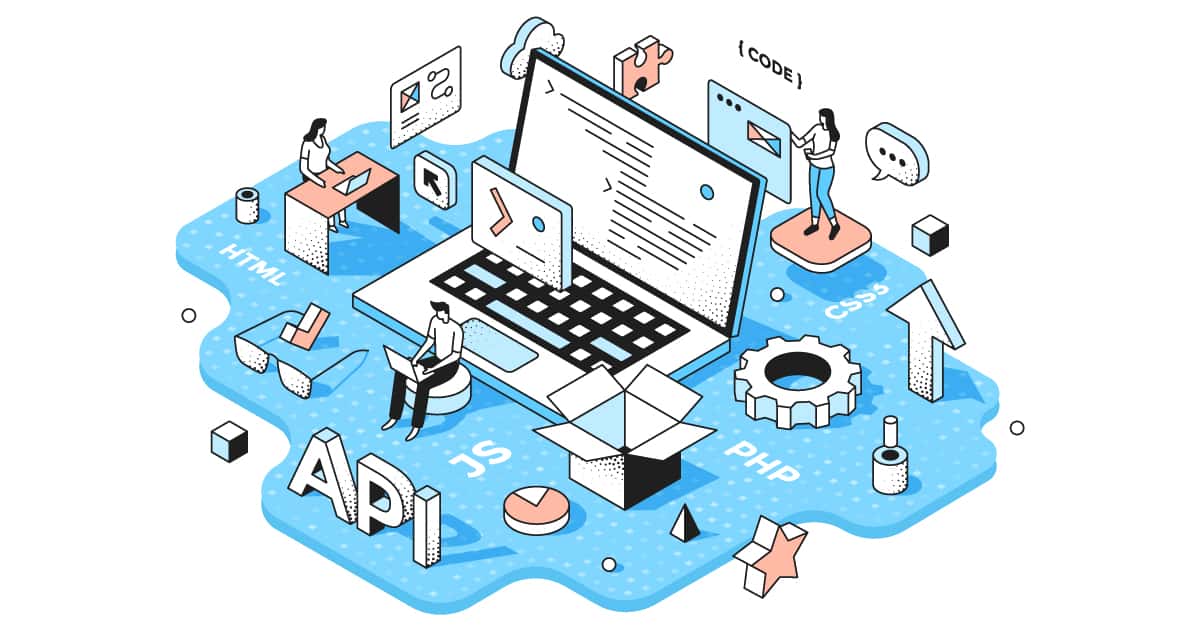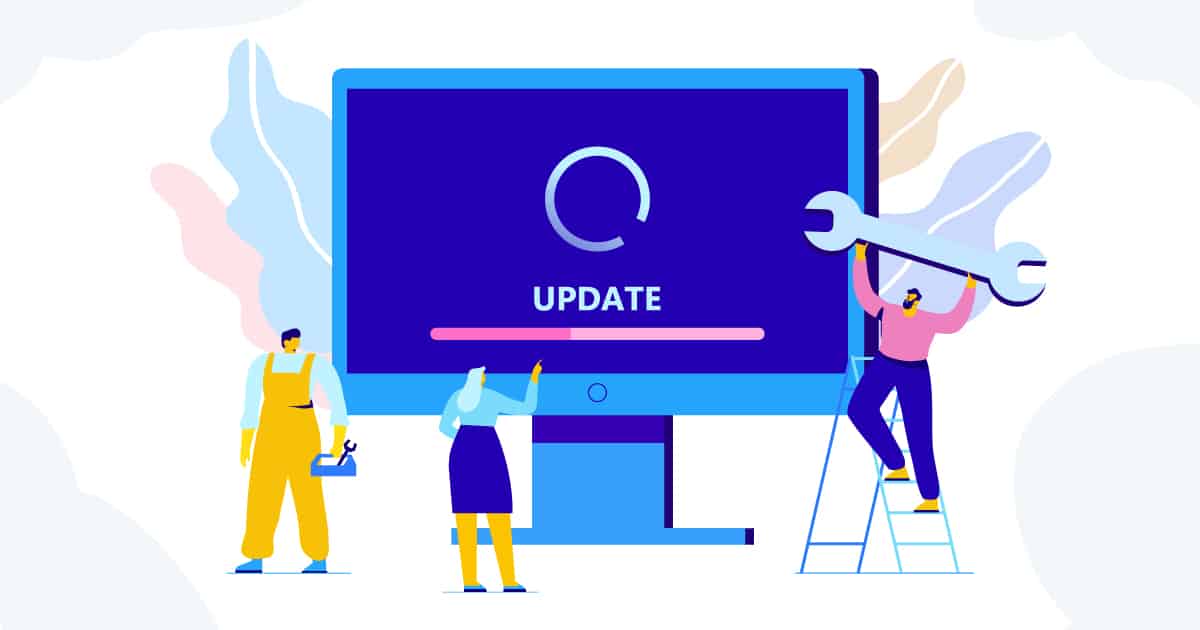One of the most useful features in Rails 7 (but not limited to) is the addition of Turbo. Note: for ...
- Code (35)
- Tech (32)
- Leadership (27)
- Best Practice (21)
- UX Design (18)
- Airship News (14)
- Industry (14)
- Birmingham (11)
- Process (11)
- Products (11)
- Ruby (7)
- Tools (7)
- Hiring (6)
- React Native (5)
- Open Source (4)
- DEI (3)
- Maintenance (3)
- Uncategorized (3)
- Accessibility (2)
- Git (2)
- User Research (2)
- Mobile (1)
My, how time flies! Ten years ago I was the cool kid writing in a framework that was at the peak of ...
As a kid, I’d always dreamed of having my own arcade machine. For years I talked about building ...
When it comes to the lifecycle of a software product, there is perhaps no better meme or quote than ...
“Ruby on Rails? That’s soooo 2000’s!” Yet as Mark Twain famously said, “The reports of my death are ...
Due to recent events in America, we have started to evaluate some terms that are very readily used ...
Recently, I’ve had a tugging on my heart: I’m not an active listener when it comes to our remote ...
Unlike the Eagles song, the Fastlane automation suite “surely [WON'T] make you lose your mind.” ...
Recently our team started using Rubocop to maintain code styling. Most of us currently use Atom ...
Ah, the mid-to-late 90’s. Bill Clinton was president, Nirvana and grunge still ruled the airwaves, ...

Start with: What problem are you trying to solve?
One of the activities we work through revolves around refining your problem statement. A problem statement is the key business problem that needs to be solved. In software development, it states “what has to be done” for a project to succeed. It does not say, “how it has to be done.”
We use the 5W’s + 1 H format as well as the SMART Framework when establishing a problem statement. In fact, you can draft your own problem statement by using our free download. This download will get you thinking through some of the questions and answers prior to starting your project.







